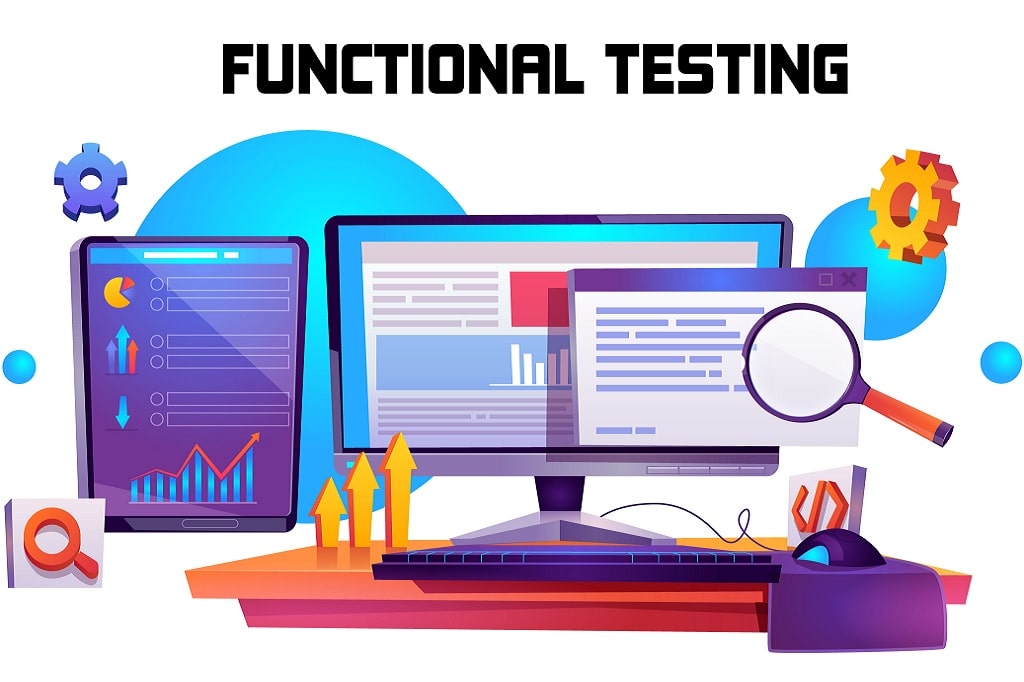Over the course of the last several years, there has been an explosion in the need for software applications.
As an increasing number of businesses transition to digital operations, there is a growing need for sophisticated software modules that can automate business processes.
The human resources and payroll processes, as well as the accounting procedures, may all be automated with the help of a high-quality software application.
Software Maintenance, Benefits, Cost, and Process
After a software application has been released to the public, it will often undergo a series of maintenance tasks designed to enhance the way it performs its functions.
It may be done for a variety of reasons, from repairing problems to making adjustments so that the software is in line with the goals of your organization and the requirements of your clients.
The functioning of the software should also be monitored and regularly maintained by businesses to ensure that it is kept up to date. In software development, maintenance is an integral element of the cycle.
It is not possible for a software designer or developer to have the luxury of introducing a new product to the market, making sales to clients, and then shifting their attention to other development projects after doing so.
They are tasked with monitoring the operation of this program to guarantee that it functions normally and provides all of the features that a developer said it would at the time of its introduction.
The maintenance process is not complete until a few changes have been made and an issue that may sometimes appear has been fixed. It is a procedure that is quite stable.
- How a Custom Software Engineering Services Company Catalyzes Success
- How Software Product Engineering Companies Turn Ideas into Tangible Products
- Software Engineering Services Importance for Business Growth
4 Tips To Choose the Software Maintenance Services

While some software developers get compensated for maintaining their products, others choose to incorporate the cost of maintenance in the cost of the product itself.
Testing software on a consistent basis is something that a developer is required to do. This is done in order to guarantee that the software is up to date at all times.
The program may be kept in working order with the assistance of the appropriate maintenance procedures. In addition, it improves the software’s ability to compete. The following is a list of the four most common kinds of software maintenance services.
#1. Preventative and Corrective Measures
Bugs are possible in every software application, regardless matter how sophisticated or well-built it is. When a user encounters an issue while using any component of the program or the application as a whole, they will report the issue to the developer and ask for a speedy solution.
The most common kind of software maintenance is called corrective maintenance, which is often referred to as bug repair. This type of maintenance is common for almost all products, not only software.
Even a very minor bug in the piece of software may have a significant influence on the way in which the application functions as a whole. These issues need to be fixed as promptly and effectively as is humanly feasible so that users may continue their management tasks as normal.
Either the software developer will discover these problems on their own and solve them before a user complains, or the user will need to report the defect to the program developer. In any case, corrective maintenance has to be a routine service that the software provider provides as part of their employment.
Read: Enterprise Applications Development Process and Industry Standards
#2. Preventive Software Maintenance and Updates
The program is compatible with a number of different operating systems. Any modification to the operating system, even a minor update, has the potential to influence the operation of the program.
You could, for instance, find that some functions of the program are inaccessible to you or that certain aspects of the product are difficult for you to manage. In this case, taking pre-emptive action is the best course of action to take.
As its name implies, it consists of several maintenance procedures that ensure the proper operation of your program.
#3. Maintenance of Software That Is Complete
After the product has been delivered to the customer, perfective maintenance is carried out in order to determine whether or not it satisfies the client’s expectations and whether or not its functioning may be enhanced.
In the field of software development, “perfective maintenance” is a term that refers to the software engineering services that are provided after an application has been released.
As soon as a programmer makes their application available to the general public, they will begin to get feedback from users in the form of recommendations for additional features, modifications to the way the system operates, and innovative approaches to making the software as useful as is humanly feasible.
Read: Enterprise Application Software vs. ERP
#4. Flexible and Adaptable Software Upkeep
The operation of the program may be influenced by a wide array of factors in many different ways. For instance, an update to the operating system could render an earlier version of the program unusable after it has been installed.
Alterations to the product or the company’s policies could cause compatibility issues with certain software. Not to mention the fact that integration with tools or systems provided by a third party might also have an effect on the operation of a software program.
Bottom Line
We hope this article has provided you with valuable insights into choosing the right type of software maintenance services for your business needs.
It’s essential to assess your existing software and determine which types of maintenance services will provide the most benefit to your organization.
With the right maintenance plan in place, you can ensure that your software stays up-to-date, secure, and optimized, allowing your business to operate efficiently and effectively.




